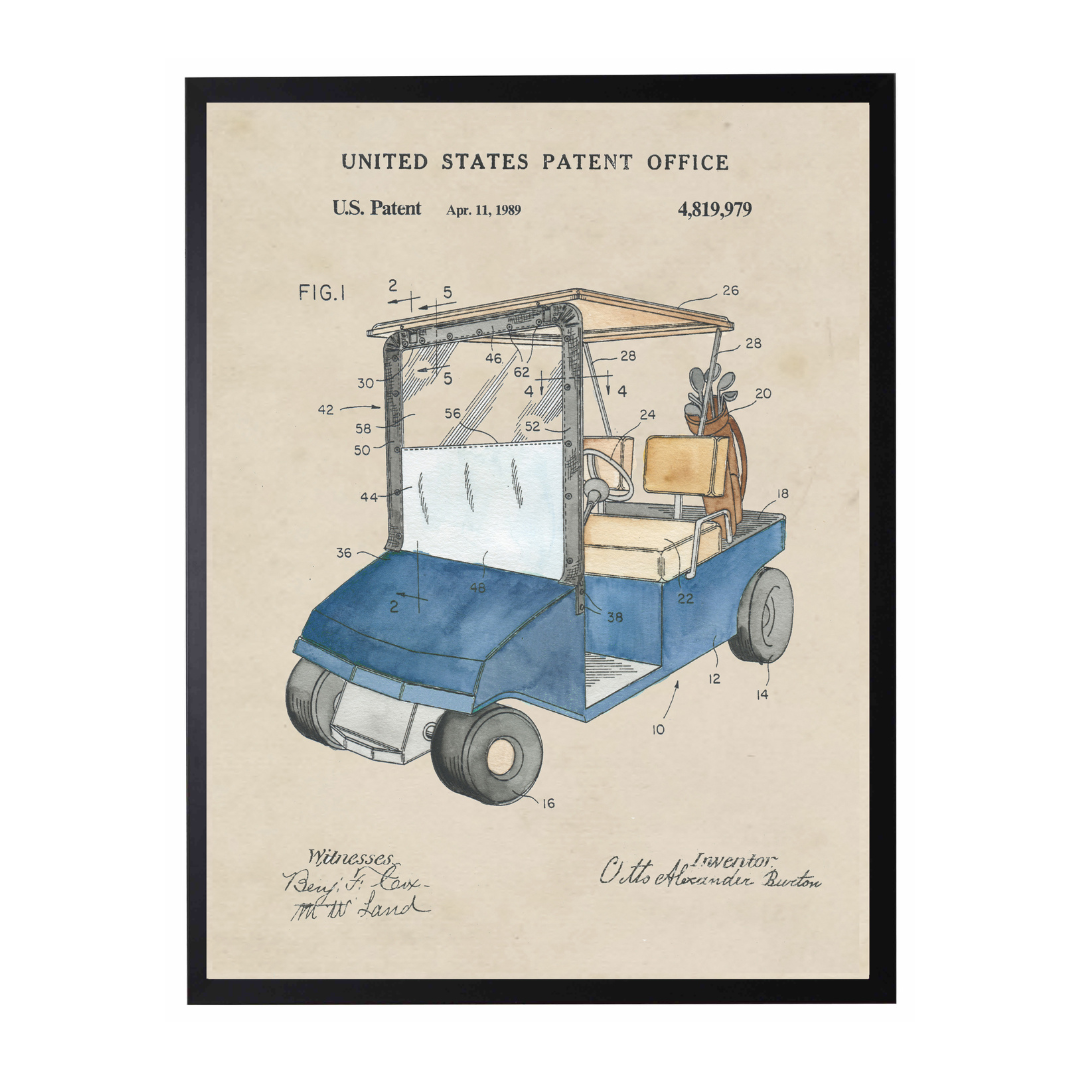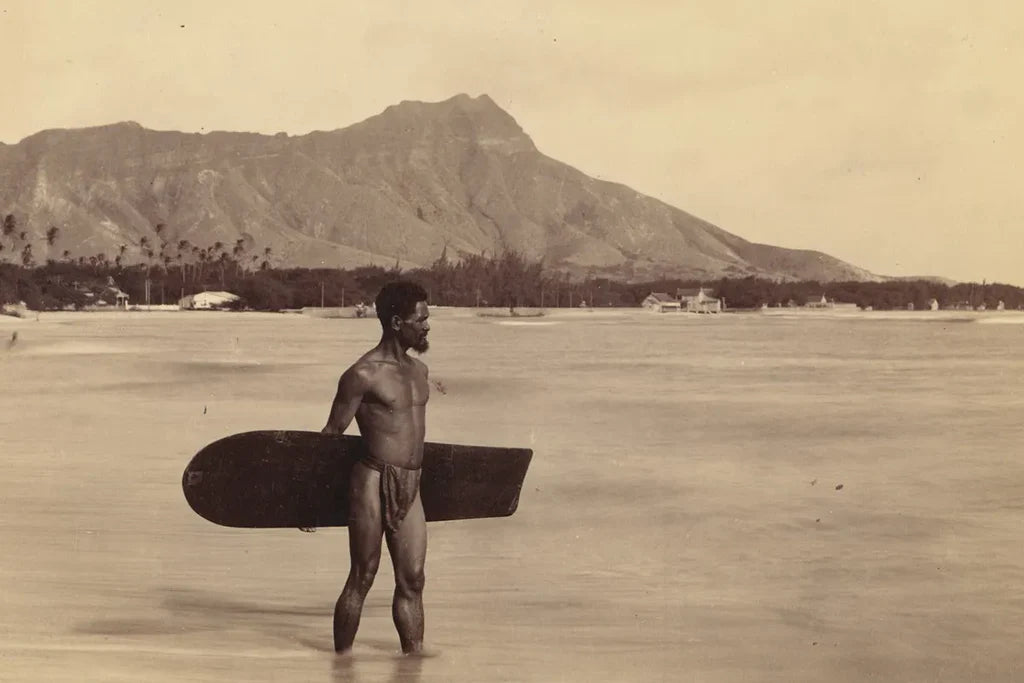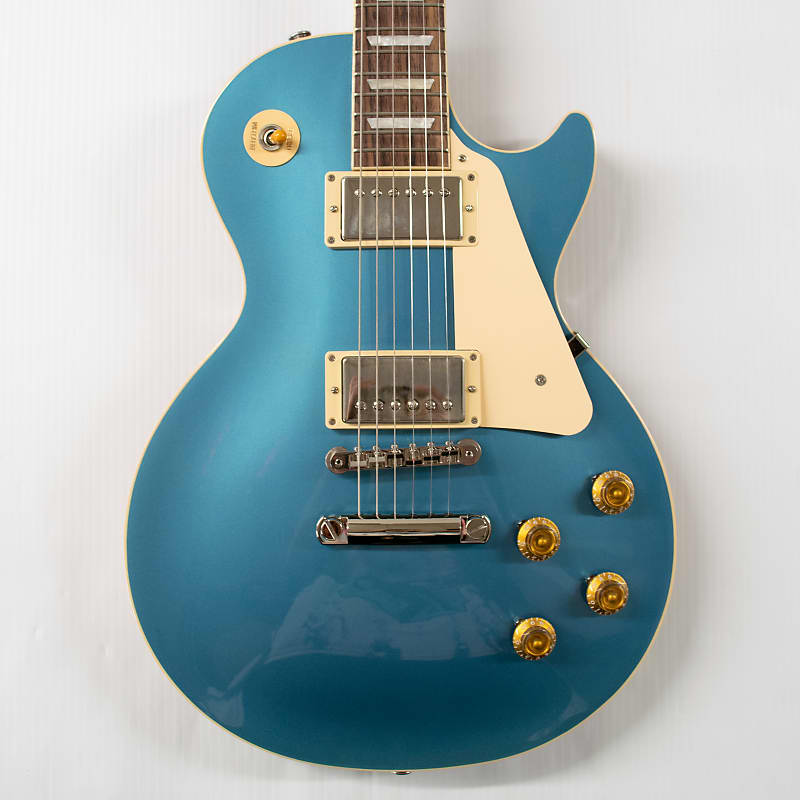Golf originated in Scotland in the 15th century and, at the time, golfers walked the course and their clubs were carried by a caddy. This tradition carried on until the early 1900s.

In 1932, Lyman Beecher of Clearwater, Florida invented a cart that could be carried by two caddies. The cart consisted of a seat for the golfer, straps to hold the clubs, and a handle that the caddies could use to pull the cart. Beecher, who was in poor health, designed this cart so that he could play golf at the Biltmore Forest Country Club without walking the course.

Over the 1930s and 40s, gas and electric carts were invented, but none became mainstream as most golfers didn’t mind walking the course. In 1951, Marketeer, founded by Merle Williams in Redlands, California, invented the first electric cart explicitly designed for golf. The cart had 3 wheels, but otherwise is very reminiscent of the carts we know today. Golf carts were marketed to older golf players with declining health, but many courses didn’t permit them as they were viewed as being too dangerous. Courses that did permit carts often required a note from a physician.

From the 1950s on, golf carts grew in popularity and soon other companies entered the market. A couple decades later, John Moglia of Allentown, PA patented a new golf cart windshield design in 1989. His design included two plastic panels; the upper one capable of folding down to provide better visibility for the driver. Moglia has only one other registered patent.
Check out the patent




